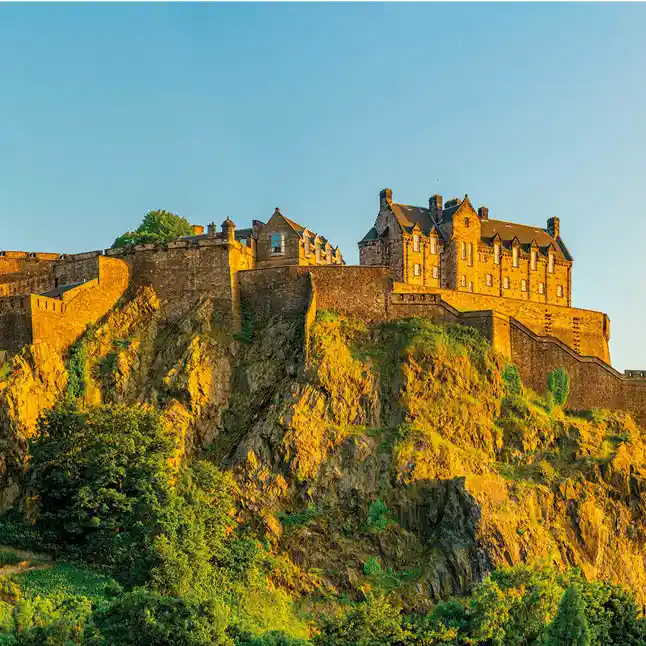The Baltic Sea has been a crossroads of cultures and crucial trade routes for centuries. Surrounded by countries such as Sweden, Finland, Estonia, Latvia, Lithuania, Poland, and Germany, its history is intrinsically linked to the exchanges and conflicts that have defined Europe.
During the Viking Age, the Baltic became a key route for Nordic traders and explorers, who established connections between northern and eastern Europe. Later, the Hanseatic League, a powerful alliance of trading cities from the 13th to the 17th centuries, utilized the waters of the Baltic to monopolize trade in goods such as timber, grain, and fish, economically strengthening cities like Tallinn, Riga, and Gdansk.
The sea has also been the scene of numerous conflicts, from medieval wars to modern territorial disputes. During the Cold War, its strategic location made it a dividing line between the Eastern and Western blocs.
Despite this turbulent past, the Baltic Sea is today a symbol of the rich cultural heritage of the region, known for its stunning natural landscapes, well-preserved medieval cities, and its role in revitalizing trade and cultural relations in Europe.


















